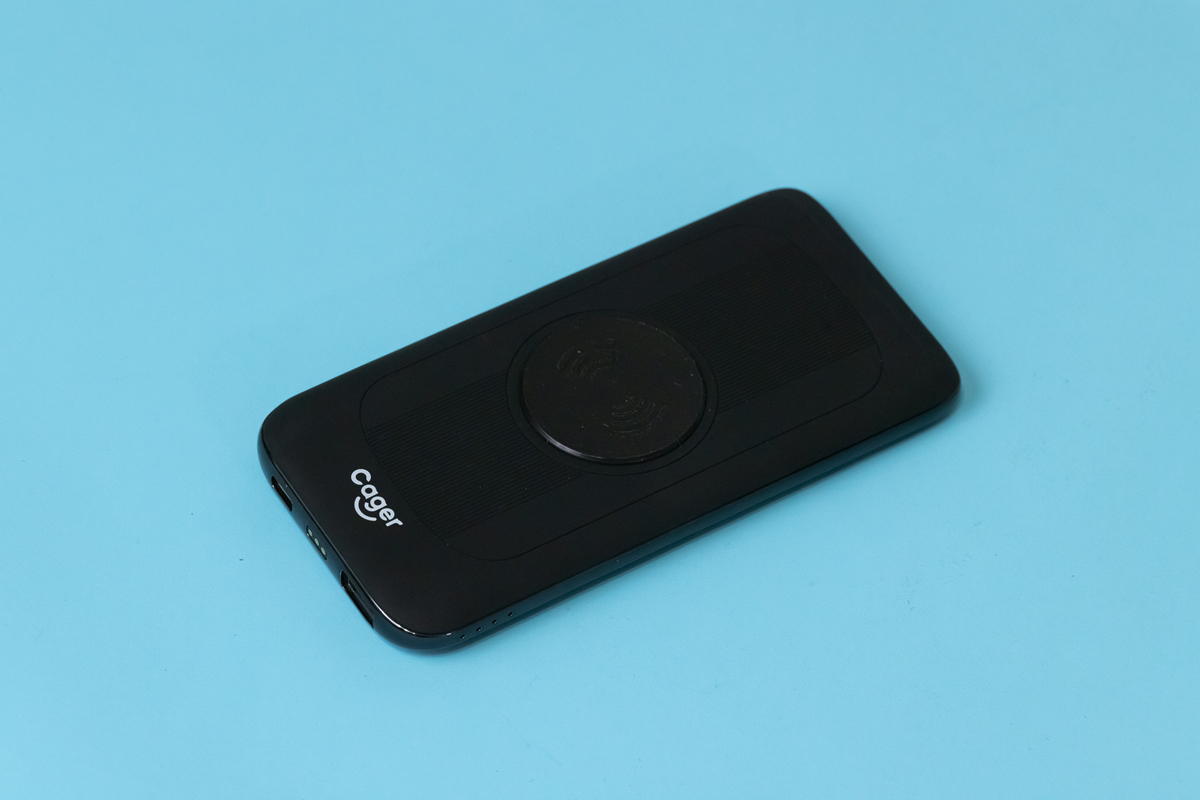The core principle of sports energy storage charging treasure design
Efficient energy harvesting devices convert otherwise wasted energy into electricity, helping to disperse power generation and shorten transmission distances. Over the past decade, efforts have been made to develop energy collectors capable of collecting all forms of energy. In the field of mechanical energy collection alone, several types of energy generators, such as piezoelectric, electric or friction generators, have been demonstrated and have achieved a wide range of applications.

This design mainly uses electrochemical technology, through the two types of conductor formed on the contact interface of charged particles and electron transfer, so as to generate current in the line. We selected a polyvoid polymer soaked in liquid electrolyte sandwiched between lithium alloy as electrode material. When the lithium alloy is applied and flexes or vibrates, the asymmetric stress caused by bending generates a chemical potential difference, driving lithium ions from the compression electrode to the tension electrode to generate a current. Elimination of bending reverses ion flux and current. The lithium ions inside will pass through the polymer and generate an electric current that can be used in electrical equipment.
In the initial stress free condition, the two electrodes are equipotential. The bending device produces net tension in one electrode and compression in the other. Asymmetric stress creates a chemical potential difference that drives Li to migrate from the compression electrode to the tensile electrode via the electrolyte. At the same time, to keep the charge neutral, electrons flow through the external circuit, also from the compression side to the stretch side, generating electrical energy. Li migration continues until the potential difference disappears and a new equilibrium state is established on the two electrodes with different Li concentrations. When the external stress is removed, the chemical potential on the electrode changes. The difference in lithium concentration between electrodes drives Li to migrate in opposite directions, causing the device to discharge. If the device is operated in a viscoelastic state without any irreversible damage, the device returns to its original equilibrium state and the cycle can be repeated many times.
With the support of this technology, a kind of sports energy storage charging bank based on the working principle of electrochemical technology of bending device is designed. The design is different from the characteristics of traditional power generation equipment :
(1) in the current flexible device, the electrode needs to have a specific surface area, high conductivity and excellent bending resistance. Therefore, in the selection of electrode materials, it is necessary to choose materials with high precision, high toughness and high power generation efficiency. It should not only be able to sense weak force, but also will not be damaged under high tensile work, which can greatly improve the service life of the charging bank.
(2) This material can not only produce a steady current under slight shaking, but also can continue to generate electricity under high intensity of motion.
(3) Compared with ceramic piezoelectric power generation equipment, the energy output generated by this equipment generally shows a greater current and a lower voltage.
-
skype
Zale Zhou
